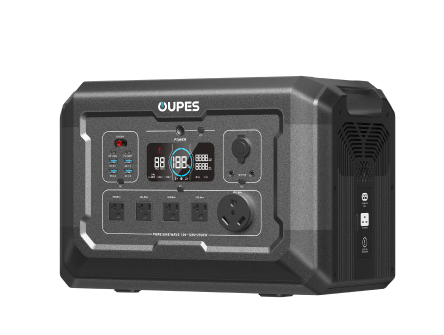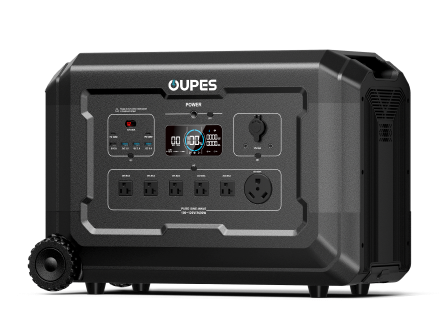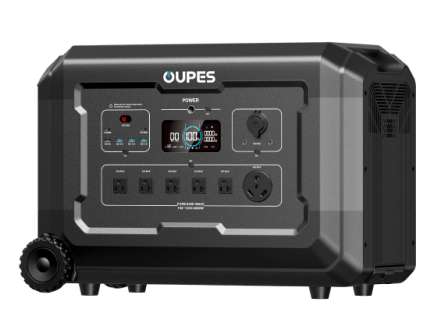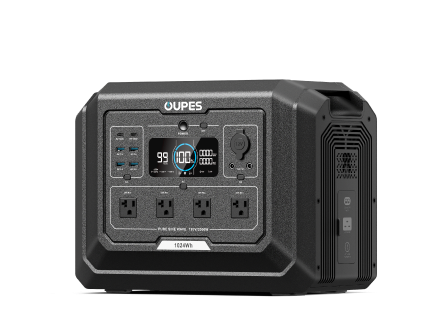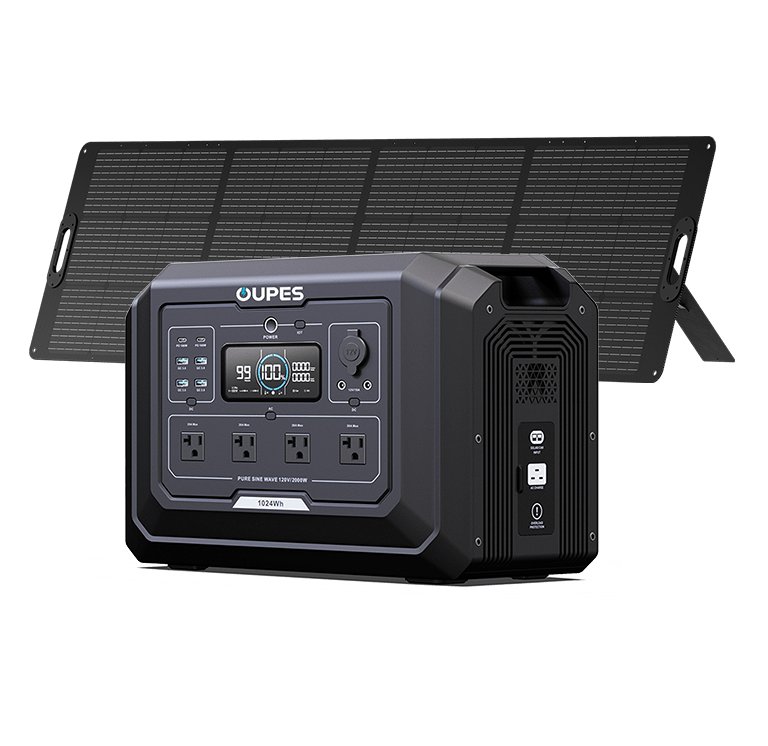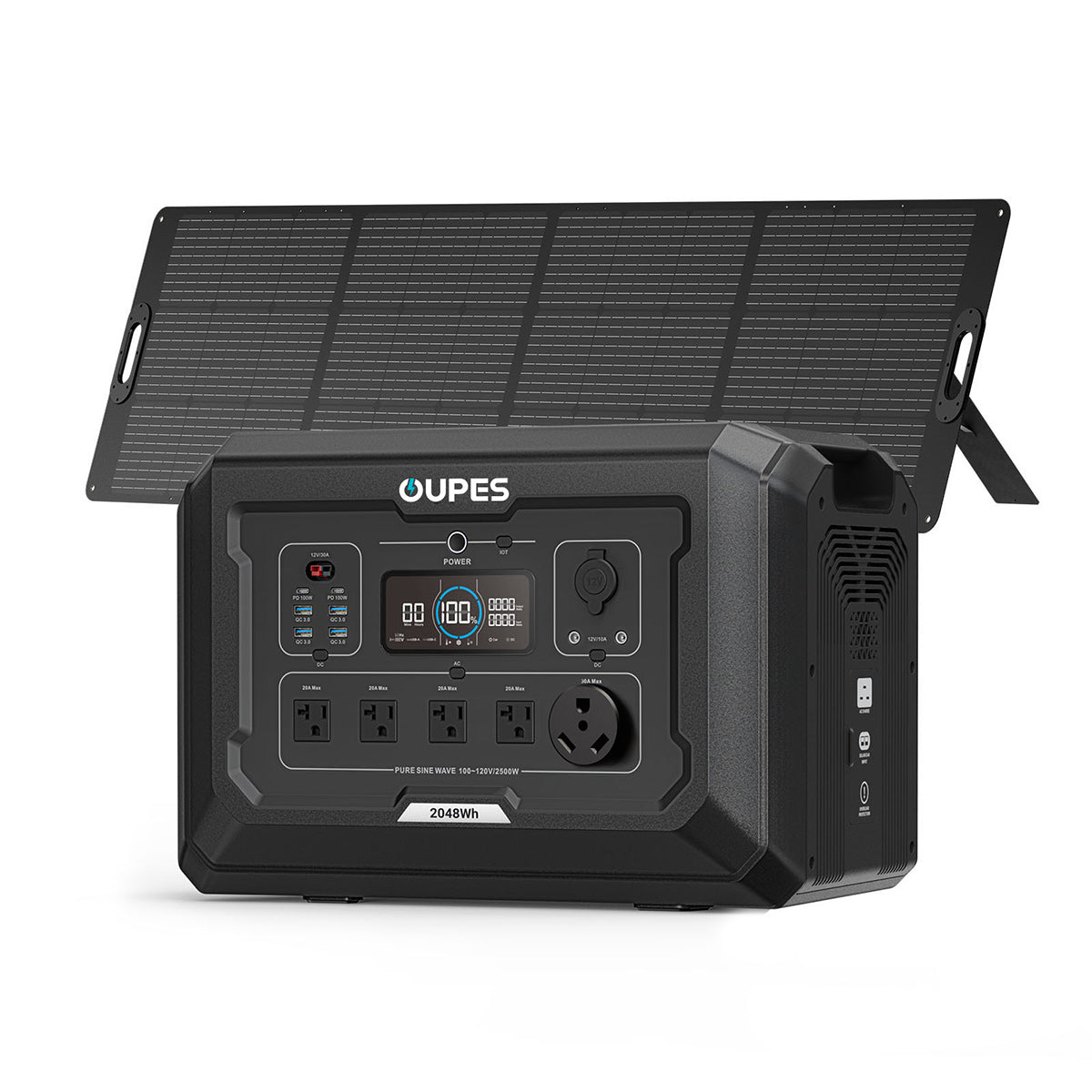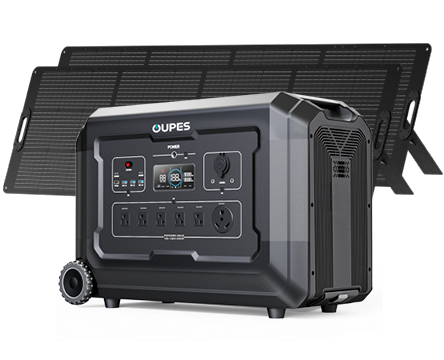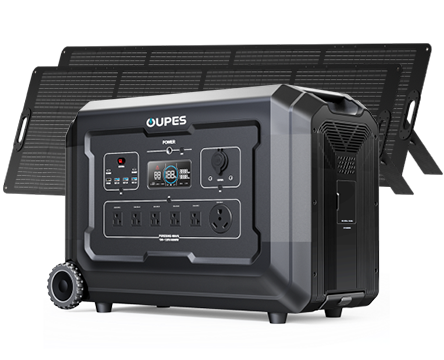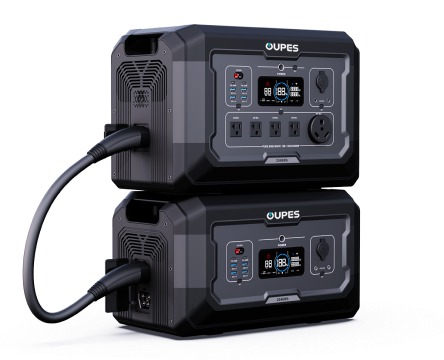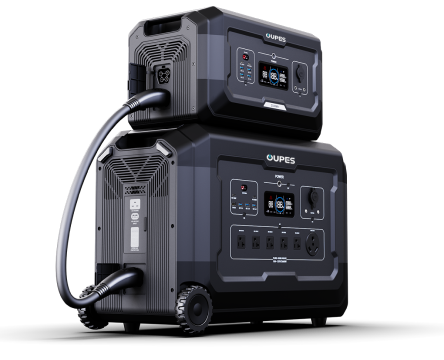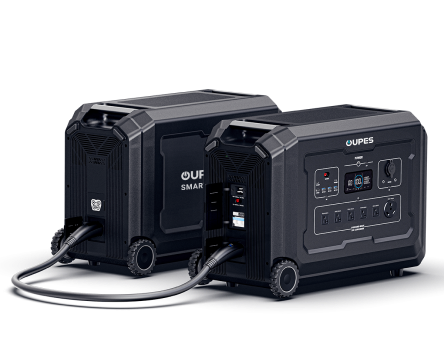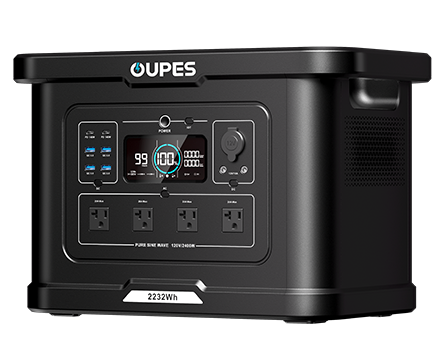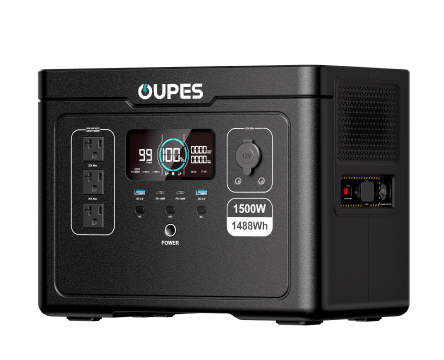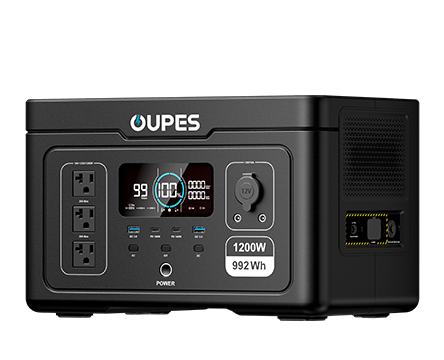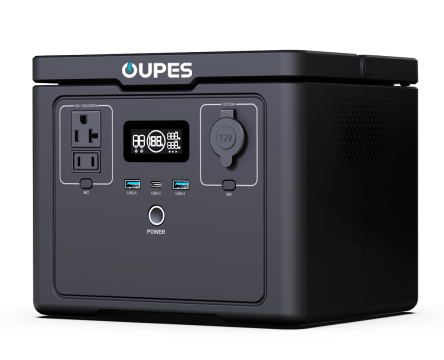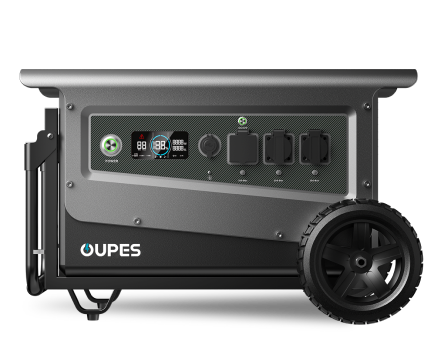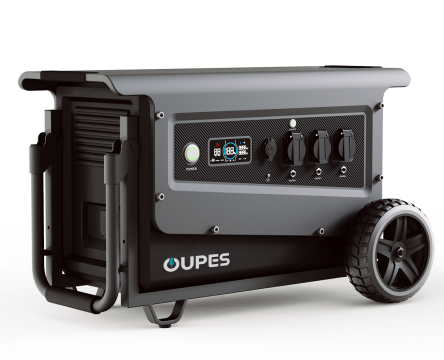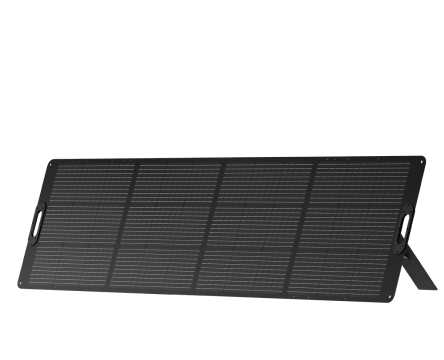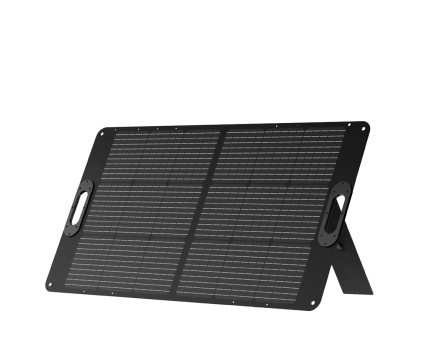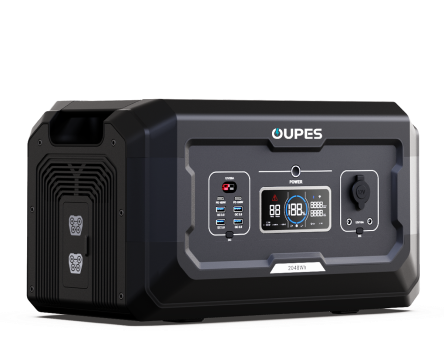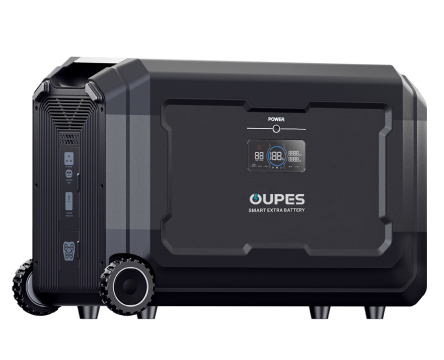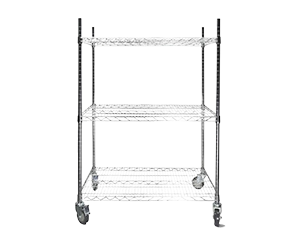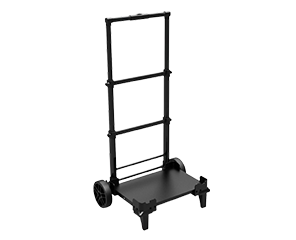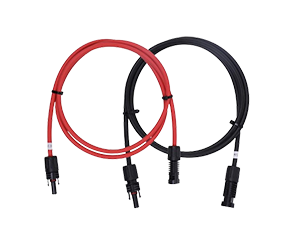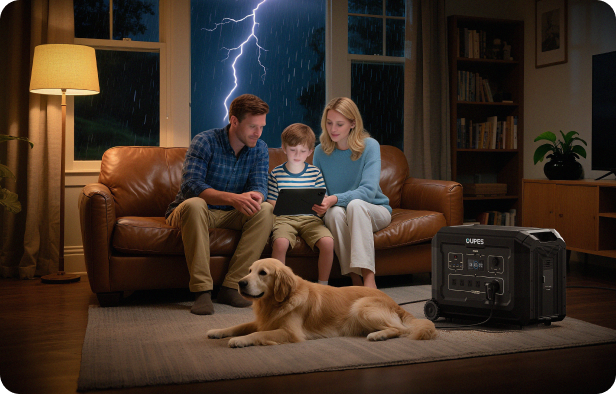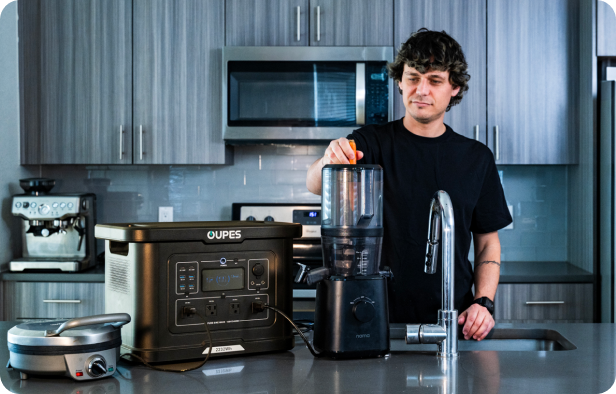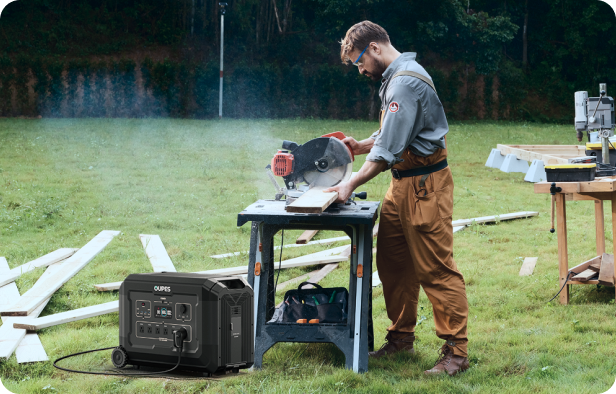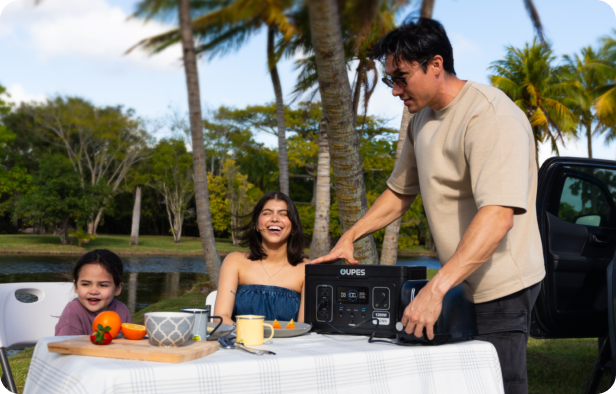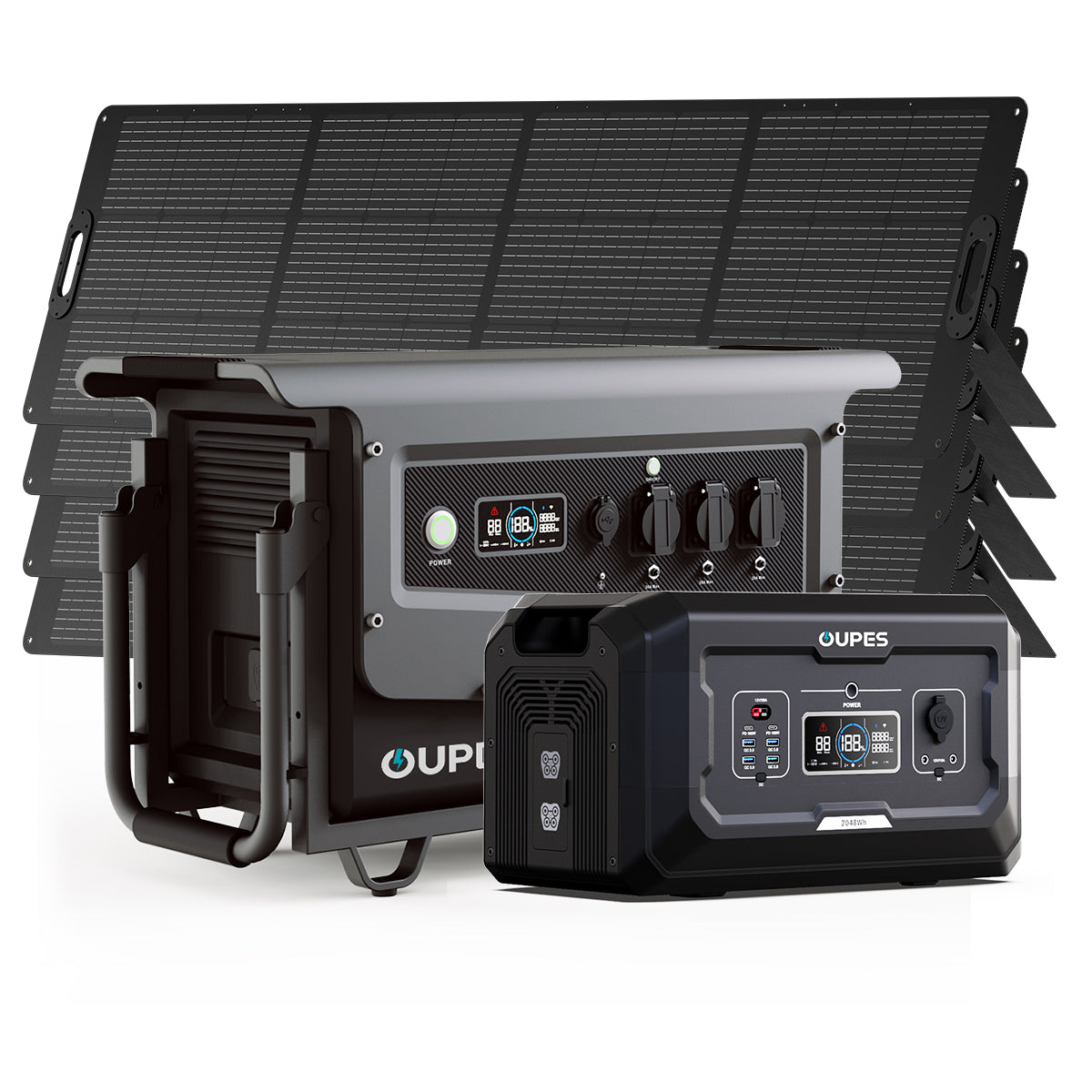
Imagine a fierce winter storm knocking out power for days, or a summer hurricane flooding your basement and damaging appliances. Whole-house generators can be lifesavers in these scenarios, offering reliable backup power. However, the upfront cost can be daunting. Fortunately, federal, state, and local tax credits and incentives may help offset expenses, making these systems more affordable than many homeowners realize.
Understanding Tax Credits vs. Deductions
Before diving into specific programs, it’s essential to understand the difference:
- Tax Credit: Reduces your tax bill dollar-for-dollar. Example: A $1,000 credit saves you $1,000.
- Tax Deduction: Reduces taxable income. Example: A $1,000 deduction may save $220 if you’re in the 22% tax bracket.
Whole-house generators may qualify for certain credits under federal programs if they meet efficiency or renewable integration standards.
Federal Tax Incentives
Residential Clean Energy Credit (formerly REEPC)
- Provides 30% credit for qualified energy storage systems (e.g., batteries charged by solar).
- Traditional fuel-only generators usually don’t qualify unless integrated with renewable systems.
Energy Efficient Home Improvement Credit (EEHIC)
- 30% of costs up to $1,200 annually.
- Some ultra-efficient or ENERGY STAR-certified generators may qualify if meeting strict standards.
Note: These credits are non-refundable but can reduce your liability to zero. IRS Form 5695 outlines details and eligibility.
State and Local Incentives
State and municipal programs often supplement federal credits. Examples include:
| Region | Program | Benefit |
|---|---|---|
| California | Self-Generation Incentive Program (SGIP) | Rebates for battery systems paired with renewables |
| Texas | Sales Tax Exemption / Utility Rebates | Tax exemptions on emergency equipment + demand response credits |
| New York | NYSERDA Rebates | Up to $5,000 for solar + battery systems |
| Florida | Municipal Property Tax Exemptions | Applies to generator installations as storm-resilient upgrades |
| Massachusetts | Alternative Energy Portfolio Standard | Incentives for CHP systems, including efficient natural gas generators |
Eligibility and Compliance Requirements
- Must meet federal and local efficiency standards.
- Installed in primary residence by a licensed professional.
- Requires itemized receipts, certification labels, and compliance with building codes.
- Some states prioritize low-to-moderate income households.
Navigating the Application Process
- Consult a tax professional familiar with energy credits.
- Obtain IRS-compliant invoices and certifications from installers.
- Track deadlines for federal, state, and utility rebate programs.
- Consider timing installations for maximum credit benefits.
- Monitor changes via the DSIRE database.
Future Trends in Energy Incentives
Incentives are shifting toward cleaner, renewable-integrated solutions. Trends include:
- Expansion of credits for solar-connected batteries and smart-grid-ready systems.
- Phasing out fossil fuel-based small generators in some states (e.g., California).
- Potential incentives for hydrogen-ready generators and microgrid-enabled systems.
Pros and Cons of Relying on Incentives
| Pros | Cons |
|---|---|
| Significant cost savings on generator installation. | Complex eligibility rules and compliance requirements. |
| Encourages adoption of cleaner energy systems. | Programs vary widely by state and may expire. |
| Stackable with rebates, exemptions, and credits. | Non-refundable credits offer limited benefit if tax liability is low. |
FAQ: Whole-House Generators and Tax Credits
Q1: Do all whole-house generators qualify for federal credits?
No. Only those integrated with renewable energy systems or meeting advanced efficiency standards are eligible.
Q2: Can I claim both state rebates and federal credits?
Yes. In most cases, federal, state, and local incentives can be combined for greater savings.
Q3: Do I need professional installation?
Yes. DIY installations usually disqualify eligibility for tax credits or rebates.
Q4: Are there income restrictions?
Federal credits currently have none, but some state programs prioritize low-income households.
Q5: How long will the Inflation Reduction Act provisions last?
Through 2032, though details may change with new legislation.
Conclusion
Whole-house generators are a vital investment in home resilience, and tax credits and rebates can ease the financial burden. While not all systems qualify, integrating renewable energy or choosing advanced, efficient models can unlock significant incentives. By researching opportunities, consulting professionals, and planning strategically, homeowners can protect their families during outages while reducing costs. With evolving policies pushing cleaner technologies, now is the time to future-proof your energy strategy.

